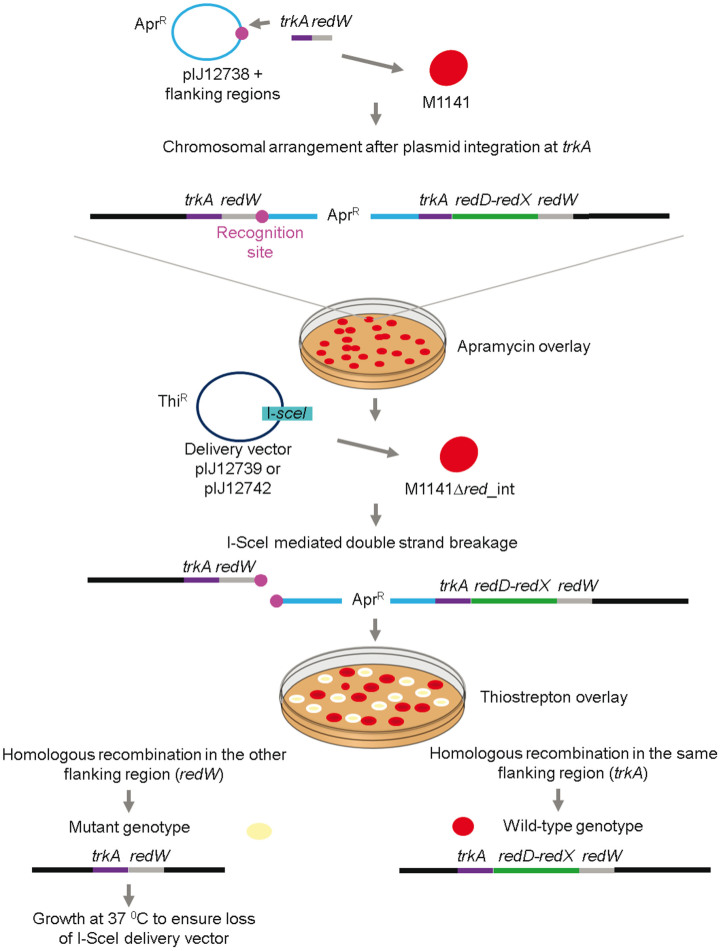Figure 1. Overview of the protocol developed to obtain marker-less gene deletions in actinomycetes.
pIJ12738 containing the I-SceI recognition sequence (shown by a pink circle) and the flanking regions (in this example, trkA and redW, corresponding to the left and right flanking regions of redD and redX, respectively) of the chromosomal region to be deleted was conjugated into M1141. Apramycin resistant exconjugants were analysed by PCR to confirm integration of the plasmid (in this schematic, integration occurred by homologous recombination at trkA). A single exconjugant (M1141Δred_int) was selected as recipient of the delivery vectors pIJ12739 and pIJ12742 expressing the I-SceI meganuclease gene. After conjugation, the plate was overlaid with thiostrepton to select for exconjugants. I-SceI creates double strand breaks at its introduced recognition sequence, and the only genomes to survive are those that undergo homologous recombination to reconstitute an intact chromosome. If recombination occurs in the same flanking region that was used in the first cross-over event (in this example, trkA), then the exconjugant will revert to a wild type genotype. In contrast, if recombination takes place in the other flanking region (in our example, redW), the exconjugant will have a mutant genotype. Exconjugants were analysed by PCR to confirm the required mutant genotype. To ensure loss of the I-SceI delivery vector, the mutant strain was grown at 37°C, and loss of the vector confirmed by PCR.

